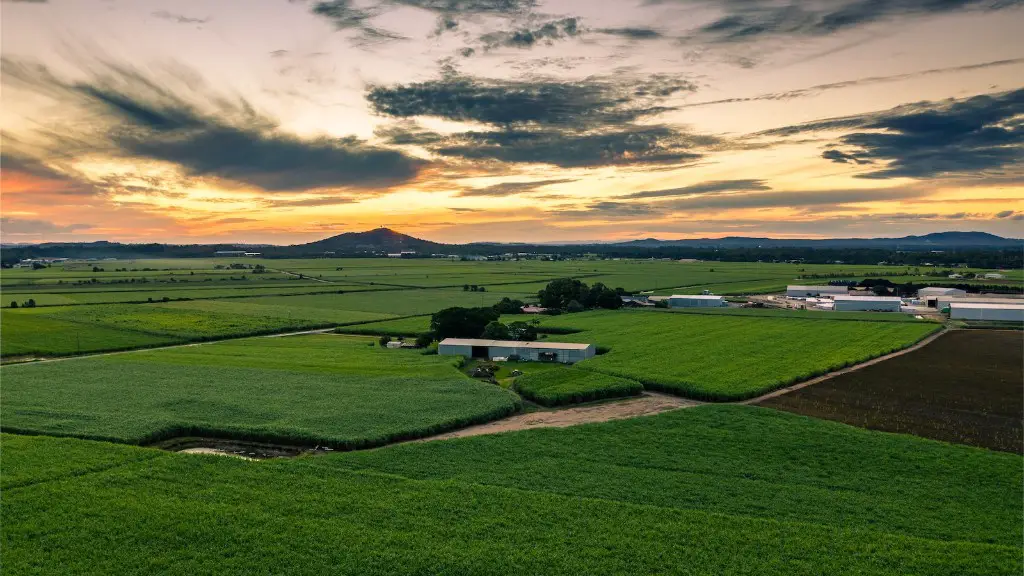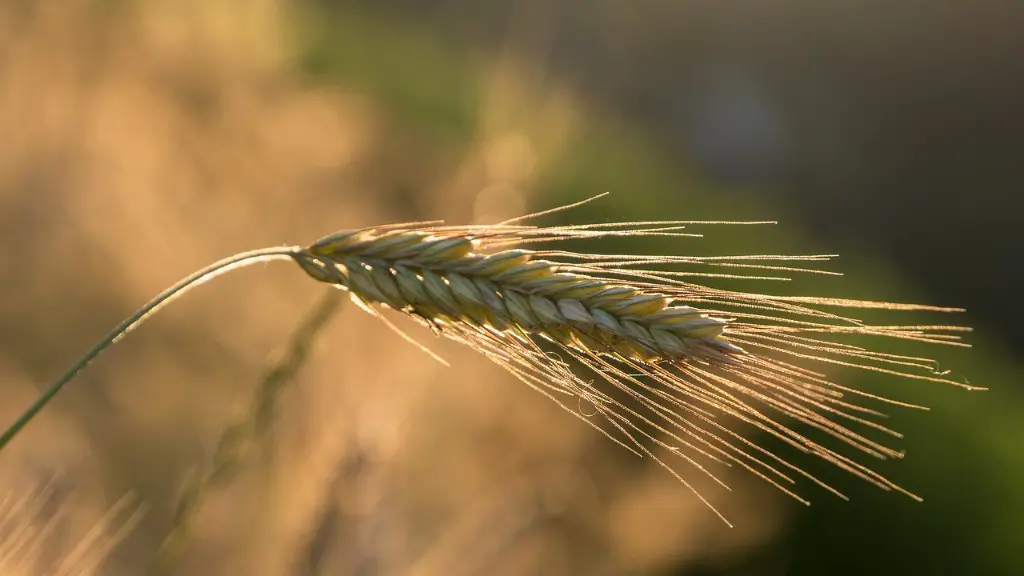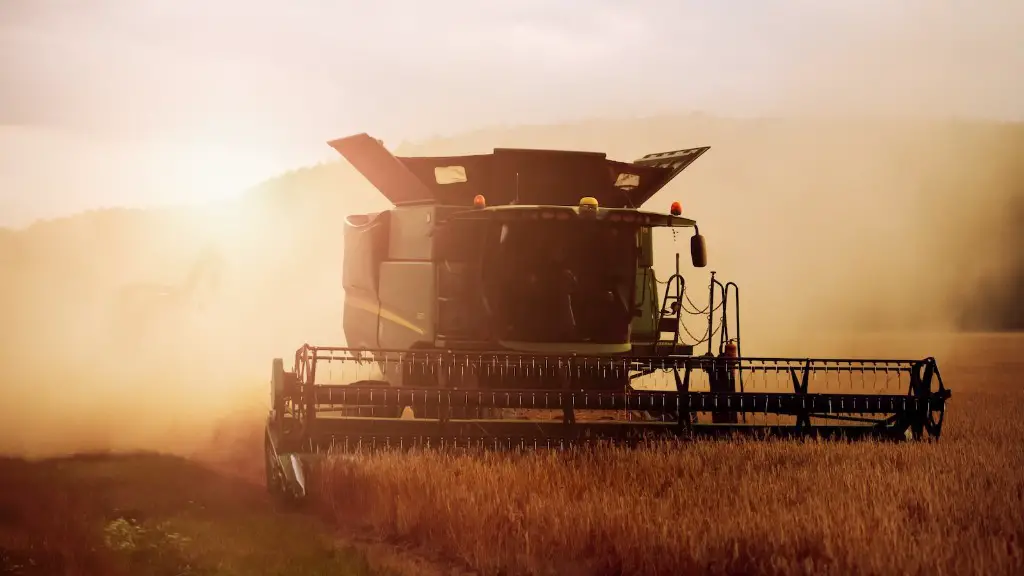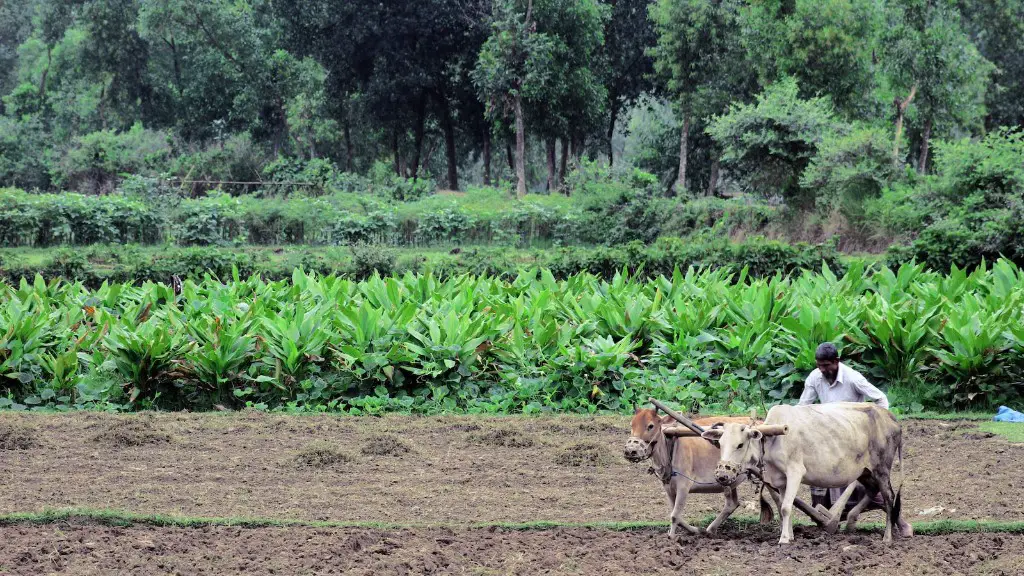The United States government plays a vital role in the agricultural industry. From setting food safety standards to providing financial assistance to farmers, the government has a significant impact on agriculture.
The government’s involvement in agriculture began with the establishment of the United States Department of Agriculture (USDA) in 1862. The USDA is responsible for research, promotion, and regulation of the agricultural industry. The department sets food safety standards and conducts inspections to ensure that these standards are met. The USDA also provides financial assistance to farmers through programs such as crop insurance and disaster relief.
The government’s role in agriculture has come under criticism in recent years. Some believe that the government should do more to support the industry, while others believe that the government’s involvement is too extensive. However, there is no doubt that the government’s policies have a major impact on agriculture in the United States.
The government affects agriculture in many ways. It provides subsidies and tax breaks to farmers, and sets limits on imports of foreign agricultural products. It also regulates the use of pesticides and other chemicals used in farming.
Does the government control agriculture?
Farming is heavily regulated at both the state and the federal government levels. Both levels of government have departments of agriculture. The federal government regulates farming through the Department of Agriculture (USDA). The USDA sets standards for food safety, inspects farms and food processing facilities, and conducts research on farming and food production. The state government regulates farming through the state department of agriculture. The state department of agriculture sets standards for food safety, inspects farms and food processing facilities, and conducts research on farming and food production.
The Farm Service Agency (FSA) is an agency of the United States Department of Agriculture (USDA). The FSA implements agricultural policy, administers credit and loan programs, and manages conservation, commodity, disaster and farm marketing programs through a national network of offices.
How does the government protect farmers
The United States Department of Agriculture (USDA) offers several programs that provide financial coverage and assistance to farmers and producers in the event of natural disasters or price fluctuations. These programs help to protect agricultural operations from the negative impacts of extreme weather and market conditions, and can provide a vital safety net for farmers and producers who may otherwise struggle to keep their businesses afloat.
Agriculture is one of the most important sectors of the economy, and the factors influencing it are complex. Climate, soil type, irrigation, technology, and population density are all important factors that can impact agriculture. Climate change, for example, can cause droughts or floods that can devastate crops. Soil type can impact the type of crops that can be grown in an area. Irrigation is essential for agriculture in many areas, and new technologies can help farmers be more efficient and productive. Population density is also a factor, as a larger population can lead to more demand for food, while a smaller population can lead to less demand.
Why government is important in agriculture?
Governments have long been involved in supporting and influencing agricultural production, mainly to support farmer livelihoods and food security. For example, 40% of maize traded on the global market is produced in the United States due to heavy subsidies to maize growers. This support and influence can take many forms, such as subsidies, price supports, and trade restrictions.
Agrarian policy is a set of measures taken by the government in order to regulate the agricultural sector. The main goals of agrarian policy are to increase food production and to improve the livelihoods of those who work in agriculture. Agrarian policy measures can include things like subsidies for farmers, price controls on agricultural products, and restrictions on imports of agricultural goods.
What has the government done for the farmers?
The government has launched a scheme to provide financial support to farmers in the form of insurance. This will help farmers to continue farming even when faced with crop loss. Credit flow will be ensured in case of crop loss due to pests and natural calamities. Under this scheme, the government aims to provide storage facilities to the farmer in rural areas.
The United States Department of Agriculture (USDA) is a federal agency that is responsible for a wide range of programs and services related to the rural development, agriculture, and forestry industries. The agency also oversees the quality and safety of food products, and provides nutrition labeling information to the public. The USDA plays a vital role in the development of rural communities and the agricultural industry, and is an important resource for information and assistance for those involved in these industries.
What steps are taken by our government to improve agriculture
The government has carried out various land reforms in order to improve the condition of rural farmers. These reforms include tenancy reforms, regulation of higher rents, provision of credit to rural farmers, subsidies, food security act, public distribution system, minimum support price, and procurement pricing system. All these measures have helped in improve the condition of rural farmers to a great extent.
The problem of farmers not getting access to straightforward, low-interest loans from banks is a big one. This is compounded by the fact that many farmers do not have insurance for their crops, and do not have access to supported fertilizers, pesticides, and HYV seeds. Farming faculties and facilities should be provided at no cost in order to help farmers overcome these obstacles.
What are the biggest threats to agriculture?
Climate change is impacting agricultural systems around the world in a number of ways. Increasingly volatile weather and more extreme events – like floods and droughts – change growing seasons, limit the availability of water, allow weeds, pests and fungi to thrive, and can reduce crop productivity. All of these factors can lead to food insecurity and increased costs for farmers, as well as challenges for businesses that rely on agricultural products.
1. Production expenses: With input costs continuing to rise, farmers will be feeling the squeeze on their margins in the coming years. What cost-saving strategies can be put in place to help offset these increases?
2. Farmland markets: Prices for farmland have been on the rise in recent years, but there are signs that the market may be cooling off. What does this mean for farmers looking to buy or sell land in the coming years?
3. Another year of strong farm income? Farm incomes have been very strong in recent years, but there are signs that the good times may not last. What factors could impact farm income in the coming years?
4. Grain stocks: Global grain stocks are currently at their lowest levels in years, which could lead to higher prices for farmers. What are the implications of this for farmers and the global food supply?
5. China, China, China: The Chinese market is increasingly important for global agriculture, but there are concerns about the country’s growing appetite for food. What does this mean for farmers around the world?
6. Supply chains: The COVID-19 pandemic has exposed weaknesses in the global food supply chain. How can these be addressed in the coming years to ensure
What issues are affecting agriculture
There are a number of environmental issues that can impact farmers and their business. Soil quality, water quality, climate, and terrain can all play a role in how successful a farmer is in any given growing season. All of these factors can impact the yield of crops, and ultimately the profitability of the farm.
Farmers need to be aware of the potential impact of these environmental issues on their business, and plan accordingly. Taking steps to protect and improve the quality of the soil, water, and climate on the farm can help to mitigate the risks posed by these environmental issues.
Federal policies and programs that impact the supply and demand of agricultural products can have an indirect effect on food choices and nutrient consumption. Some programs, like those that encourage farmers to retire their land, can restrict commodity production and lead to increased prices. Others, like those that provide guaranteed prices for commodities, can incentivize production. Ultimately, these decisions can influence the availability and affordability of food, which can in turn affect what people choose to eat.
When did government intervention in agriculture start?
The federal Farm Board was created in 1929 by President Herbert Hoover in order to intervene in the farm economy. This was done in response to the severe economic downturn known as the Great Depression. The Farm Board worked to stabilize prices and promote crop production. It also helped farmers obtain loans and provided other assistance.
Both the federal and provincial governments are responsible for agriculture. The federal government regulates exports and marketing while provincial governments regulate and support marketing in their province. This division of responsibility ensures that both levels of government are able to support the industry and promote economic growth.
Final Words
The United States Government affects agriculture through many different ways. Their involvement includes programs and policies concerning farm subsidies, agricultural research, food assistance, and many other areas. The government can also have an indirect impact on agriculture by impacting the economy as a whole.
The government affects agriculture in a number of ways. It can provide financial assistance through programs like the Agricultural Stabilization and Conservation Service. It can also regulate agriculture through laws and agencies like the USDA.





